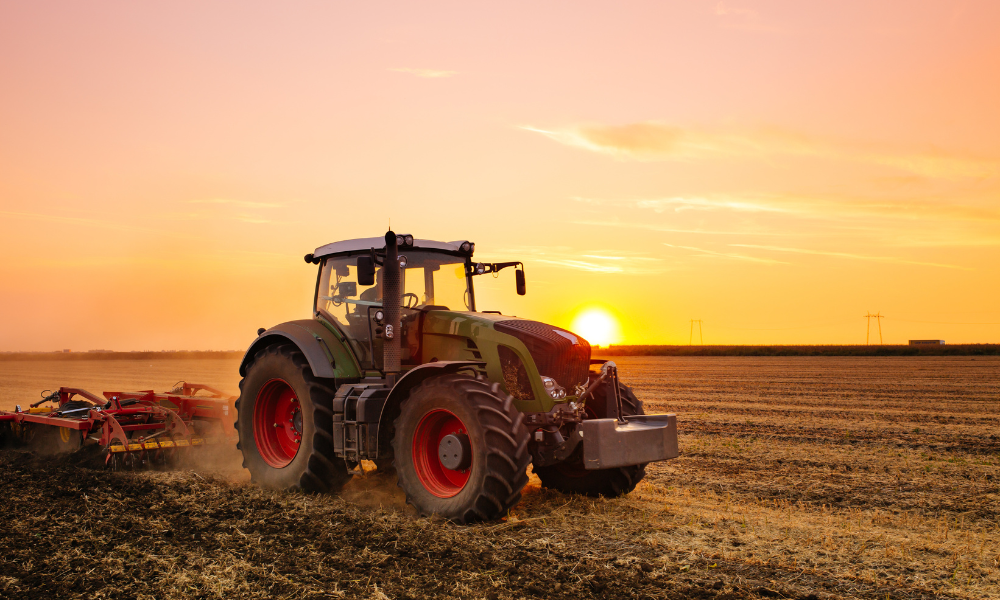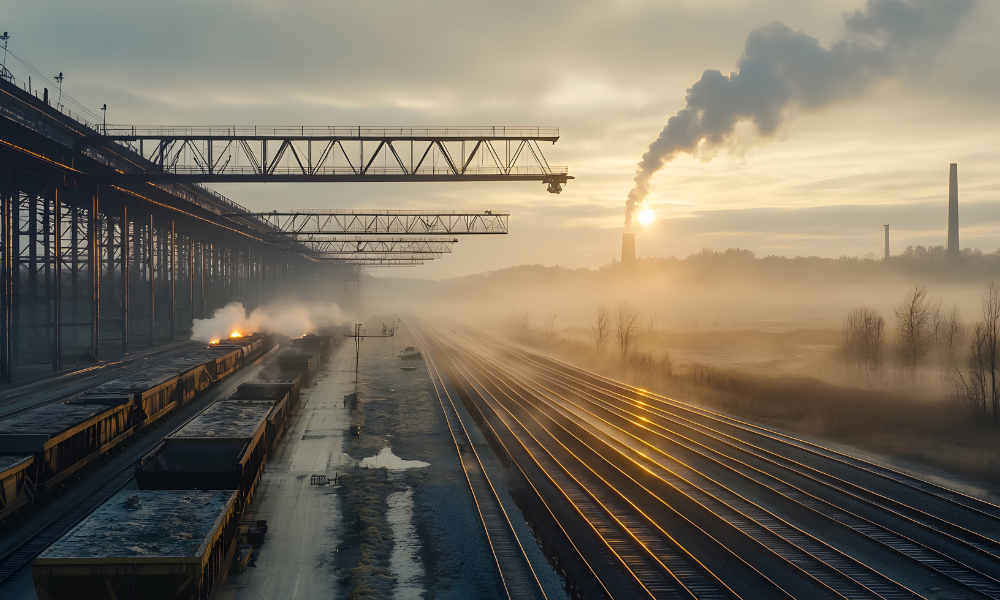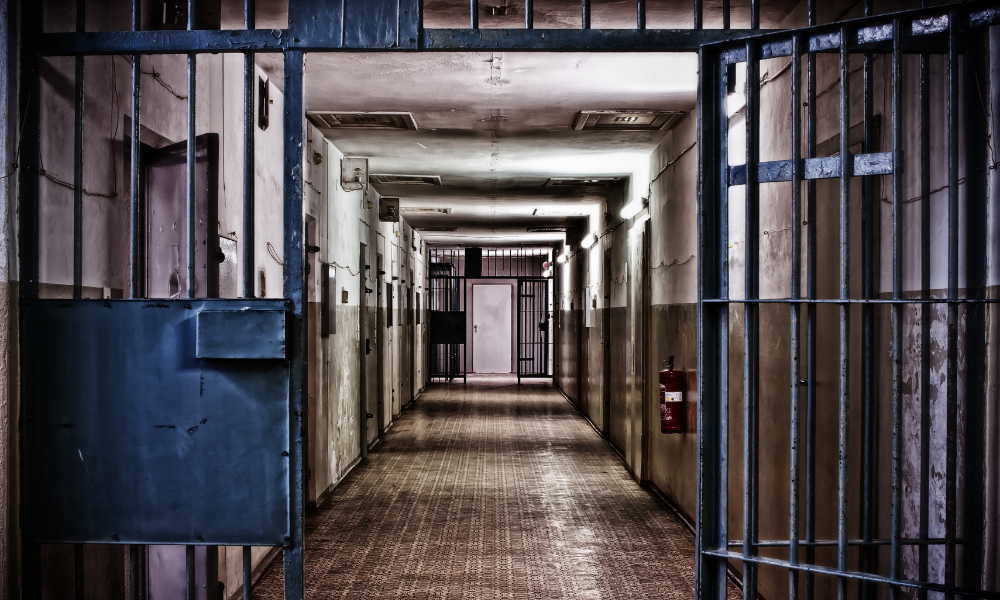What safety leaders can learn from Canadian women's sports

On October 7, 2024, the Catalyst Honours Conference in Toronto hosted a thought-provoking panel discussion titled “Leveling the Playing Field: Canadian Women's Sports and the Pursuit of Equity.” Featuring two trailblazing voices in Canadian sports—Sarah Nurse, Olympic hockey champion and player for the Toronto Sceptres in the PWHL, and Teresa Resch, president of WNBA Toronto—the discussion delivered powerful insights on diversity, equity, and inclusion (DEI) in professional sports. While focused on women’s athletics, their lessons on overcoming systemic barriers, creating accessible environments, and driving cultural change are directly applicable to professionals in occupational health and safety.
Parallels between sports and safety
“Women’s sports were not built with us in mind,” says Nurse, addressing the structural inequities faced by female athletes in Canada. The same can be said of many workplaces. Occupational safety and health programs, historically shaped by male-dominated industries, have often overlooked the unique needs of underrepresented groups. As DEI initiatives expand, safety professionals are finding that a more inclusive approach to health and safety benefits not only individuals but the entire organization.
Nurse's point resonates in OHS, where inclusivity is key to preventing workplace injuries and ensuring well-being for all employees. “We are creating spaces where women actually feel comfortable and safe,” Nurse explains. Whether on the ice or on the job, this principle of accessibility is critical to fostering environments where every worker feels protected, valued, and empowered to participate fully.
Investment and participation drive progress
Resch highlights two crucial drivers of equity: investment and participation. “We need to invest three times as much in women’s sports to even be on par with men’s,” she says, pointing out the disparity in resources and opportunities. The same holds true in the realm of workplace safety—investment in diverse voices and inclusive safety practices can yield exponential returns in terms of engagement, innovation, and safety outcomes.
For safety leaders, participation means more than just checking boxes on compliance. It’s about ensuring that underrepresented workers—be they women, newcomers, or individuals from diverse backgrounds—have a voice in shaping safety protocols and feel included in every aspect of workplace culture. As Resch puts it, “how are we making sure young people can participate? Are we eliminating barriers like access and financial constraints?”
Participation in the context of OHS also involves educating all workers about their rights and responsibilities, encouraging feedback, and continuously improving safety systems. This proactive engagement mirrors how teams are working to elevate women’s sports—making sure women athletes have visibility, opportunities, and a say in their own future.
Challenging gendered norms and rebuilding systems
Both Resch and Nurse advocate for systemic change, a challenge that also extends into workplace safety. “The sports system was built for men and boys,” says Nurse, echoing the frustration many women experience in traditionally male-dominated fields. “If I had my way, I would rebuild the whole system.”
In the workplace, OHS professionals can take this call to action as an invitation to reimagine safety systems. It’s not just about adding more women to existing frameworks; it’s about designing those frameworks to be equitable from the ground up. This includes incorporating ergonomic designs that consider female workers, PPE tailored to women, establishing policies that accommodate diverse needs, and using gender-neutral language in safety communications.
Resch also notes how DEI efforts within sports organizations are starting to become integral, not peripheral. “It’s not a Band-Aid anymore,” she asserts. “Every single person we hire understands that diversity, equity, and inclusion are core to our values.” For safety professionals, the lesson is clear: DEI shouldn’t be an afterthought, but a lens through which every decision—from hiring to policymaking to training—is made.
Language and representation matter
. “Language is so important,” says Nurse, reflecting on her experiences navigating condescending attitudes in sports. “If somebody who’s 10 years old sees women talked down to, that’s when limiting beliefs start.”
The way we communicate safety messages, both formally and informally, can reinforce or dismantle harmful stereotypes. Inclusive language acknowledges diverse perspectives and ensures that safety protocols apply equally to all workers. Safety leaders can model respect and inclusion by challenging outdated norms and fostering a culture where every worker feels empowered to contribute, no matter their background.
The way forward: Collective effort
Both Nurse and Resch emphasize that creating a more equitable environment requires collective effort. “No impact is small,” Nurse reminds the audience. “Even just showing up, talking about it, or sharing on social media makes a difference.” In OHS, this means that everyone—from leadership to frontline workers—has a role in championing safety and inclusion.
Resch, too, underscores the importance of individual commitment and organizational leadership: “How are you investing your time, energy, and resources?” She challenges companies and individuals alike to look beyond compliance and ask how they can actively contribute to an inclusive, equitable culture in safety.
The discussion at the Catalyst Honours Conference serves as a reminder that the pursuit of equity in any field—whether in professional sports or workplace safety—is a journey requiring sustained effort, investment, and participation. By applying the lessons shared by these trailblazing athletes, OHS professionals can lead the charge in making workplaces safer, more inclusive, and truly equitable for all.





